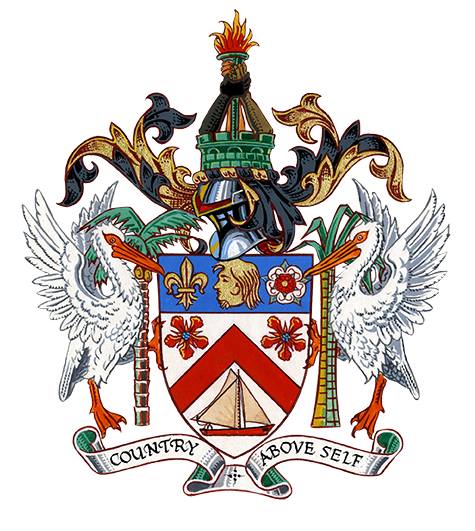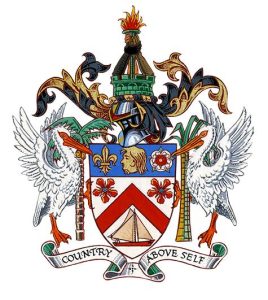Mature Response to Don Anderson Poll by Azad Gumbs Challenges PAM Leadership
A recent national poll conducted by Don Anderson has stirred significant political discourse in St. Kitts, particularly within the People’s Action Movement (PAM). The poll’s findings, reflecting widespread public dissatisfaction with the current administration’s handling of the economy and overall governance, have exposed a notable rift within PAM’s leadership regarding their response. While the poll’s results seem to validate PAM’s ongoing criticisms of Prime Minister Dr. Terrance Drew and the Labour government, the party’s reaction has been markedly divided, highlighting contrasting leadership styles and potentially impacting the political landscape.
Deputy Political Leader Azard Gumbs’ measured response to the poll has drawn praise from political observers, who have lauded his mature and grounded approach. Gumbs emphasized the importance of grassroots engagement and prioritizing constituent representation, suggesting a focus on pragmatic solutions rather than political point-scoring. This measured response stands in stark contrast to PAM leader Natasha Grey-Brookes’ immediate dismissal of the poll’s validity, suggesting bias and unreliability. This divergence in reactions has sparked debate and speculation about internal party dynamics and strategic approaches to public opinion.
The Don Anderson poll paints a bleak picture of public sentiment towards the current administration. A significant majority of respondents (50%) believe the country is headed in the wrong direction, citing the high cost of living (51%) and perceived poor leadership (40%) as primary concerns. Economic performance has also been negatively assessed, with 61% believing the economy has worsened over the past two to three years. An overwhelming 83% of those polled place the blame squarely on the government, and a staggering 84% rate the government’s performance as average to very poor. Prime Minister Drew’s approval rating remains stagnant at a low 17%.
Further emphasizing public dissatisfaction, the poll indicates a preference for former Prime Minister Dr. Timothy Harris as the most suitable leader, holding a substantial 19-point lead over other contenders. A significant 45% of respondents expressed a desire for immediate governmental change, with a majority supporting early general elections. The poll also suggests increasing favorability for the People’s Labour Party (PLP) on a national scale. These findings, based on a sample of 730 registered voters with a ±3% margin of error, provide a snapshot of the prevailing political climate and public opinion.
The contrasting reactions of Gumbs and Grey-Brookes to the poll’s findings have fueled speculation among political commentators. The question arises: Why would PAM leadership attempt to discredit a poll that seemingly corroborates their own critique of the current government? Some theories suggest internal power dynamics or strategic differences in how to address public discontent. Gumbs’ composed and pragmatic approach, focused on addressing the concerns highlighted by the poll, contrasts sharply with Grey-Brookes’ more combative stance. This difference underscores a potential divide within PAM regarding strategy and leadership direction.
Gumbs’ measured response has not gone unnoticed. His focus on citizen engagement and practical solutions has resonated with some segments of the public and political analysts alike, projecting an image of a level-headed leader attuned to the needs of the people. This has prompted discussions about the future direction of PAM and the potential implications of this divergence in leadership styles. In a time of national economic hardship and widespread public concern, Gumbs’ approach, emphasizing listening to the people and seeking solutions, may resonate with those seeking stability and effective governance.
The poll’s findings, combined with the contrasting reactions from within PAM, highlight a critical juncture in St. Kitts politics. Public dissatisfaction with the current administration is palpable, and the upcoming elections promise to be highly contested. The division within PAM’s leadership presents both a challenge and an opportunity. While Grey-Brookes’ dismissal of the poll risks alienating some voters, Gumbs’ measured response may attract those seeking a more pragmatic and solutions-oriented approach. The contrasting styles could influence the party’s overall strategy and potentially reshape its internal power dynamics. The ability of PAM to navigate these internal differences and effectively address public concerns will likely play a significant role in the upcoming elections.
Share this content:












Post Comment